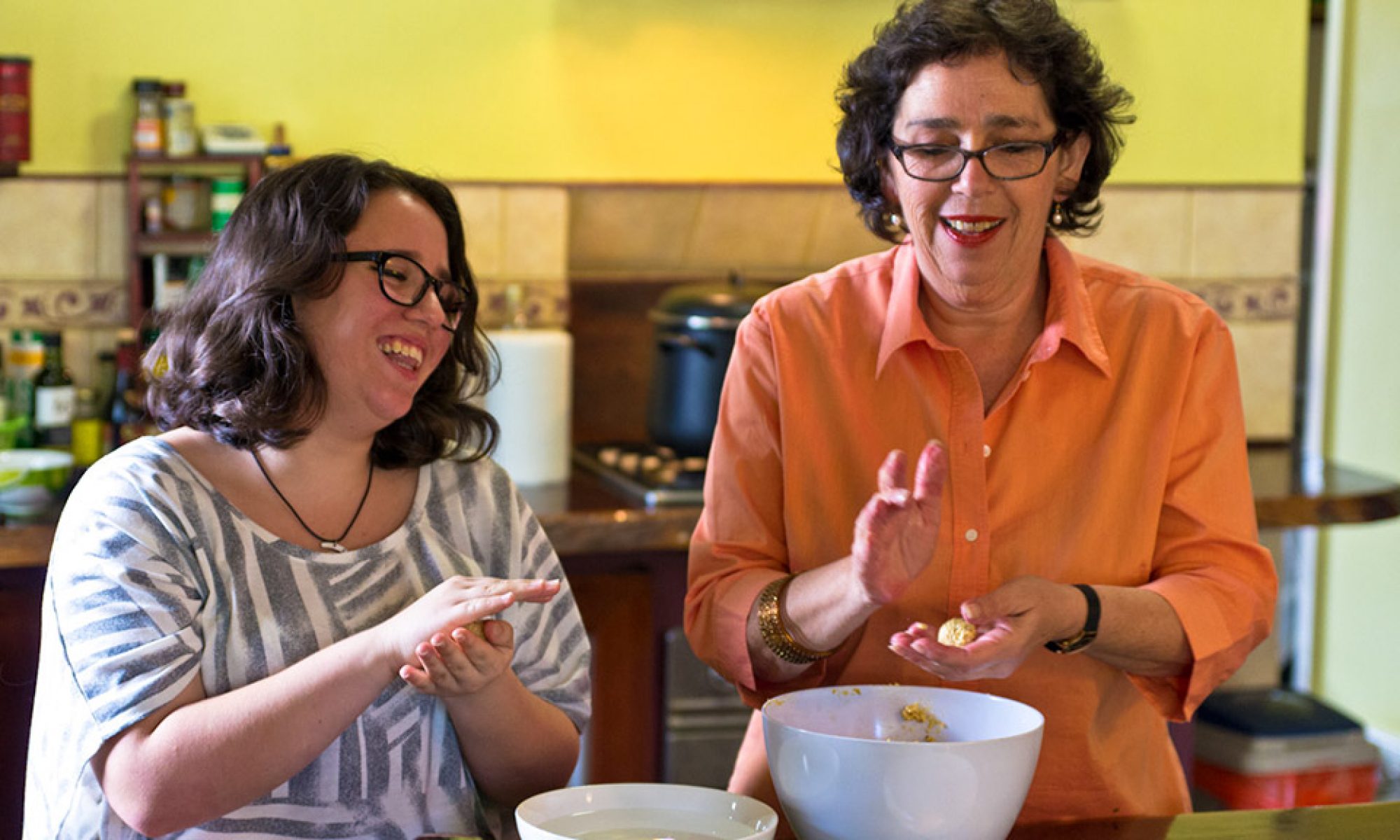This week’s topic for my food studies class was the issue of food marketing. Do you ever flick through old cookbooks? You will have noticed the darkness of the pictures and the unappetising appearance of the food, and that’s even without maraschino cherries and radish roses. TV cookery and the “here’s one I prepared earlier” phenomenon changed that.
I decided to kick off my class with a terrific clip you can watch at http://www.youtube.com/watch?v=fUjz_eiIX8k in which a make-up artist “for food” shows us how she prepares a burger for its 15 minutes of fame. We’re spared nothing and neither is the patty. It is spared actual cooking (20 seconds per side) because otherwise it would shrivel to the size of a real fast food burger, and the fluffy lettuce scaffolded by toothpicks would cook and wither as lettuce really does. The bun sits on cardboard, which explains why it isn’t soggy. Hot skewers provide the faux grill lines and food dye is brushed on for that “rich beautiful colour”.
The patty has an incision made so it can be spread to cover the entire bun, as no mass produced patty ever has. Dozens of lettuce leaves are looked at before sufficiently perky leaves are found. Need I add that the sesame seeds are glued on to the bun? Another site shows what engine oil can do to enhance the appearance of a pancake stack.
Food advertising is nothing new. My mother’s stained 1930s cookbook features delightfully illustrated ads. Who remembers the urchins deliriously sniffing the aroma of Bisto gravy? My generation still love the aeroplane jelly song and we are happy little vegemites.
Increasingly we’re seeing this nostalgia used to sell manufactured foods.
My students were fascinated by the beer being flogged by the good-looking young man from cult TV programme Entourage. Imagine a beer that needs you to plunge the “churchkey” (can-opener) into the can. So manly, so old world. Given that ring pull cans did away with the need for these devices what exactly is the advantage of going back to the future? Apparently “effort is how you get to the good things”, (so much for the last 50 years of innovation). Are they serious?
Apparently so, because everything old is new again. Take the new deployment of “artisanal”. It means handmade and suggests traditional values of skill, artistry and a one-off product. A certain global pizza company is now selling artisanal pizza. What does that mean? Better than our usual rubbish seems to be the inference.
Then there’s the new green advertising, you know the sort of thing that makes urban Australians puff up with pride, images of rolling green hills, we need to drive hundreds of kilometres to see and orchards whose produce is processed offshore.
Are we Australians nostalgic enough to buy beer that needs a can-opener? I’m scared to turn on the TV to find out.
Dr Felicity Newman is a member of the Centre for Everyday life at Murdoch University

